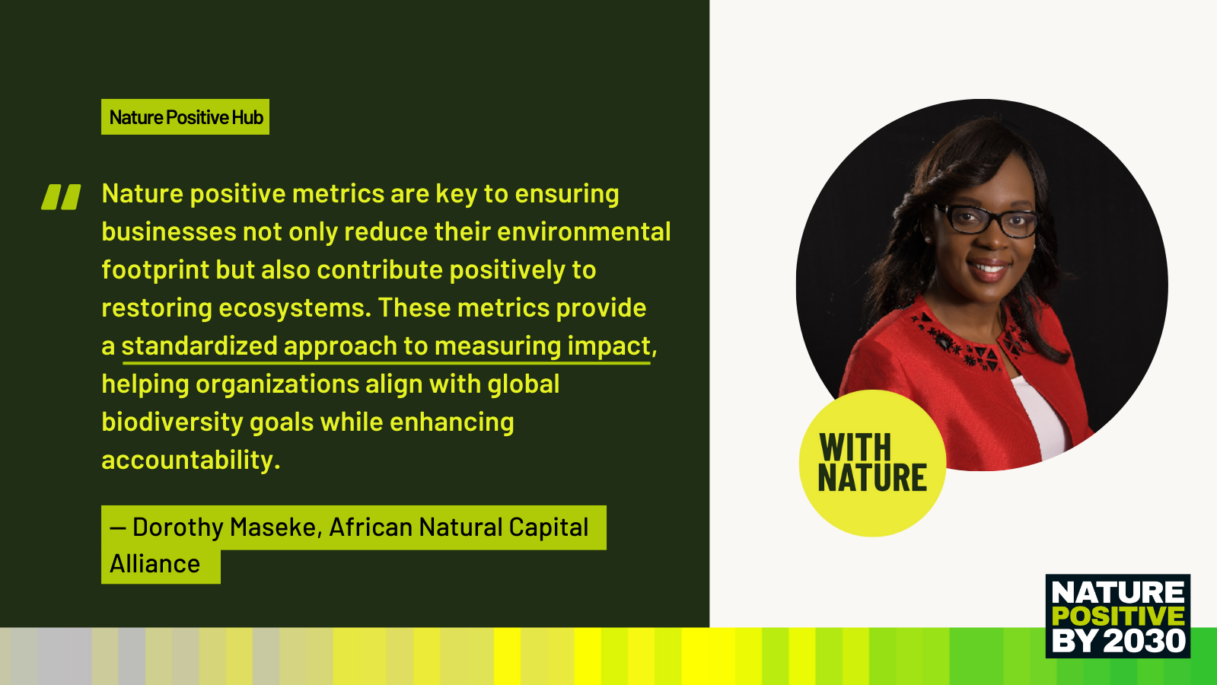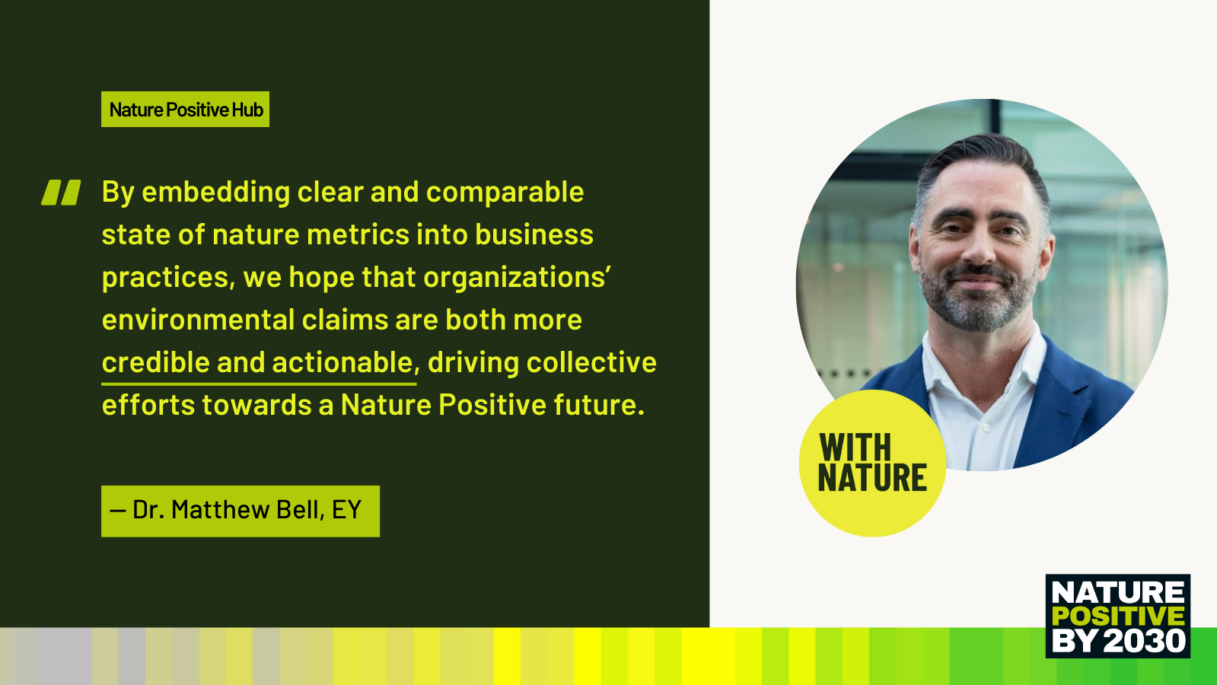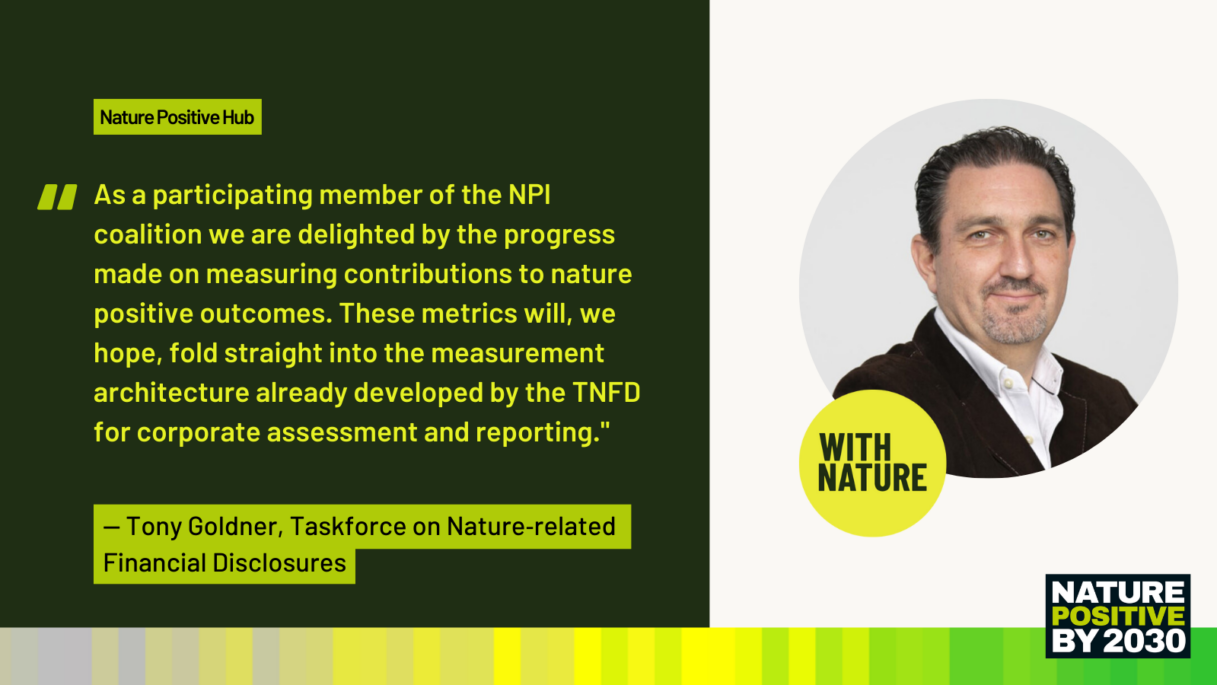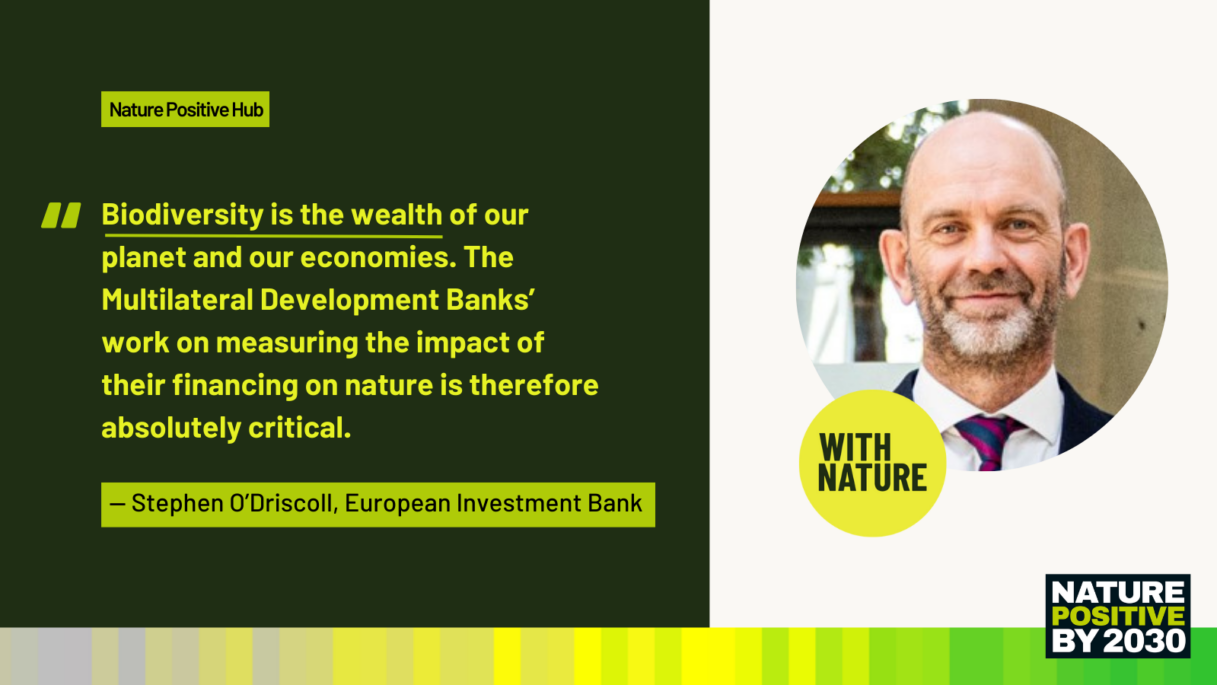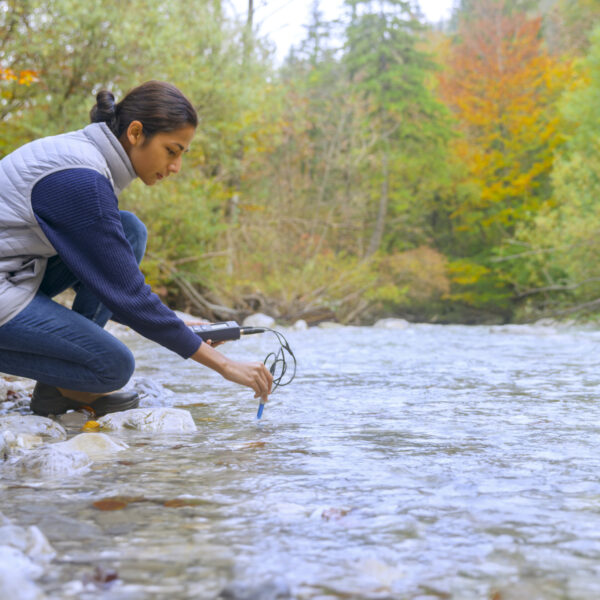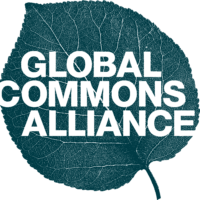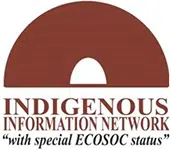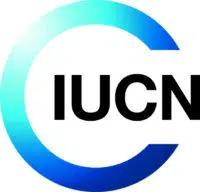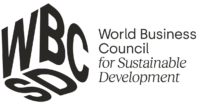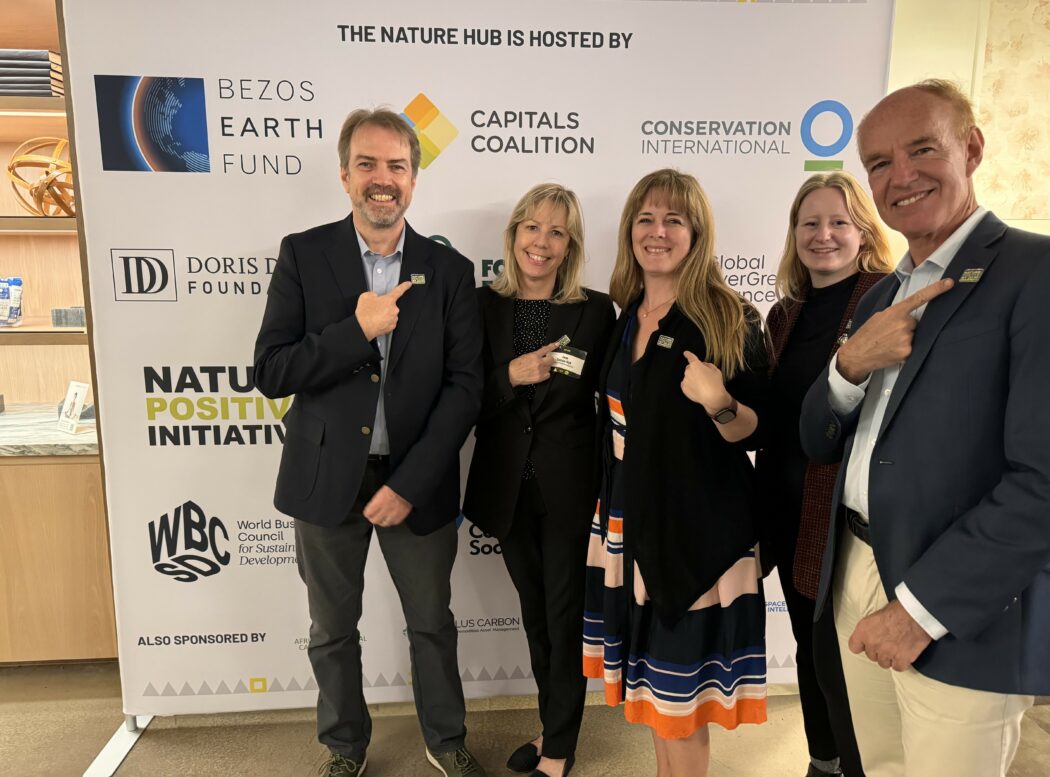
Our world faces an alarming loss of nature and a devastating rise in climate disasters, the number of which has tripled in the last 30 years. Nature has an innate ability to mitigate the climate crisis, the ocean absorbs about 31% of carbon emissions released into the atmosphere, yet at huge cost to our ocean system and to coral reefs. At New York Climate Week 2024 and the United Nations General Assembly, the Nature Positive Initiative helped raise awareness of the dual crises, and the necessary urgent action to track progress towards a nature-positive world.
At the center of the week’s discussions was the vital importance of integrating the different agendas. We cannot solve the climate crisis without also addressing biodiversity loss, and there is no pathway to a world below 2 degrees without nature.
Action by the private sector is crucial to tackling these crises. One year after TNFD rang the bell at the New York Stock Exchange and launched their guidance on impacts and dependencies disclosure, actors are now busy piloting reporting for a new area – biodiversity. As with building carbon literacy a decade ago, some corporates and financial institutions are now beginning their nature-positive journey. At New York Climate Week we saw increased recognition of our need for measurability and transparency to achieve nature-positive outcomes at scale, now our challenge is to build an accessible way to accelerate this and explain the ecosystem of guidance, frameworks and metrics.
Nature and climate are two sides of the same coin
Public and private sector stakeholders were brought together at many events throughout the week, all beginning to grapple with the imperative to tackle the dual crises of biodiversity loss and climate change with equal vigor. Consultancies too are taking a greater interest in nature in ways that can be helpful to companies starting on this journey. It’s their responsibility to offer help and guidance in a consistent and aligned way, from use of the definition of nature positive to metrics.
Nature and climate were in particular focus at the Nature Hub, hosted by Nature4Climate; the World Biodiversity Summit; and Nest Climate Campus. Another topic at the top of the list was how countries will effectively implement the Kunming-Montreal Global Biodiversity Framework, including the much anticipated submissions of National Biodiversity Strategies and Action Plans (NBSAPs).
Support for nature positive action grows, illustrated by the many relevant launches at Climate Week 2024. Capital Coalition’s Integrated Decision-making, PIK shared the Planetary Health Check and the release of UNEP-FI and the Finance for Biodiversity Foundation’s “Finance for Nature Positive Discussion Paper” were highlights and there were many more announcements of upcoming launches at COP16 on nature markets.
World Biodiversity Summit 2024 Marco Lambertini, Convener of the Nature Positive Initiative, said, “It’s exciting to see that the nature and climate agenda are really beginning to come together. COP28 was an important demonstration of that and we’re expecting COP16 to reciprocate and talk about nature as an important solution to climate.”
Progress on nature positive at Climate Week and UNGA
Nature is the building block of our society and economies. This understanding is increasing with an increased number of companies recognizing the importance of nature to their operations and understanding that change is needed to secure a sustainable future. As Stephen O’Driscoll from the European Investment Bank put it: “biodiversity is the wealth of our planet and our economies. The Multilateral Development Banks’ work on measuring the impact on nature of their financing (activities) is therefore absolutely critical.” With a number of MDBs committed to common principles for tracking nature-positive finance, then the development of metrics for tracking this commitment is key.
While most companies understand how to measure their impact on climate, for instance by assessing their CO₂ emissions, measuring their impact on nature’s decline or recovery is less straightforward but equally important. The Nature Positive Initiative organized a session during Climate Week New York dedicated to taking on this challenge.
Strong demand for a set of standardized State of Nature metrics
We can’t restore what we can’t measure. The Global Biodiversity Framework has at its heart a measurable goal: halt and reverse nature loss by 2030. To achieve this goal, companies, governments, and society need to assess their current impacts on nature’s recovery or decline, and measure their progress.
We gathered scientists, assurance entities, standard setters, and investment bankers to discuss the challenge of measuring nature-positive outcomes. In a panel discussion, Dorothy Maseke from African Natural Capital Alliance, explained the importance of metrics: “Nature positive metrics are key to ensuring businesses not only reduce their environmental footprint but also contribute positively to restoring ecosystems.”
But with hundreds of metrics currently available, there’s no standardized way for businesses to measure their contribution to the global goal and drive nature-positive outcomes. The panel overwhelmingly agreed that the sector needs access to a clear and comparable set of State of Nature metrics.
Helen Temple from the Biodiversity Consultancy outlined why reaching a consensus on which metrics to use is key: “A standard set of nature metrics will provide consistency, comparability, and transparency. This will reduce confusion, allow companies to make informed decisions, hold their transformation programs to account and track progress towards ‘nature positive’ over time.”
After months of consultations with over 100 organizations, The Nature Positive Initiative now launches a global consultation on a framework of comparable State of Nature metrics, open for input 8 October – 4 November.
Integration of State of Nature metrics into existing frameworks
The State of Nature metrics will align with existing reporting and disclosure frameworks like the Science Based Target Networks and The Taskforce on Nature-related Financial Disclosures, making nature-related reporting easier and more standardized.
Join the Nature Positive Forum to be the first to hear about NPI’s progress and take part in the next steps for the State of Nature metrics consultation.
The road to COP16
The Nature Positive Initiative brings together voices from around the world and from different sectors to call for and accelerate implementation of the Global Biodiversity Framework. In particular, we are looking forward to listening to these global voices to understand what ‘nature positive’ means to them in various contexts and to chart a path forward to harness collective action to halt and reverse nature loss by 2030.
We are proud to be hosting a variety of events at the Nature Positive Pavilion alongside our members and partners to continue this important dialogue at COP16, aligning global stakeholders on how to tackle the dual crises – see our programme here and join us!
